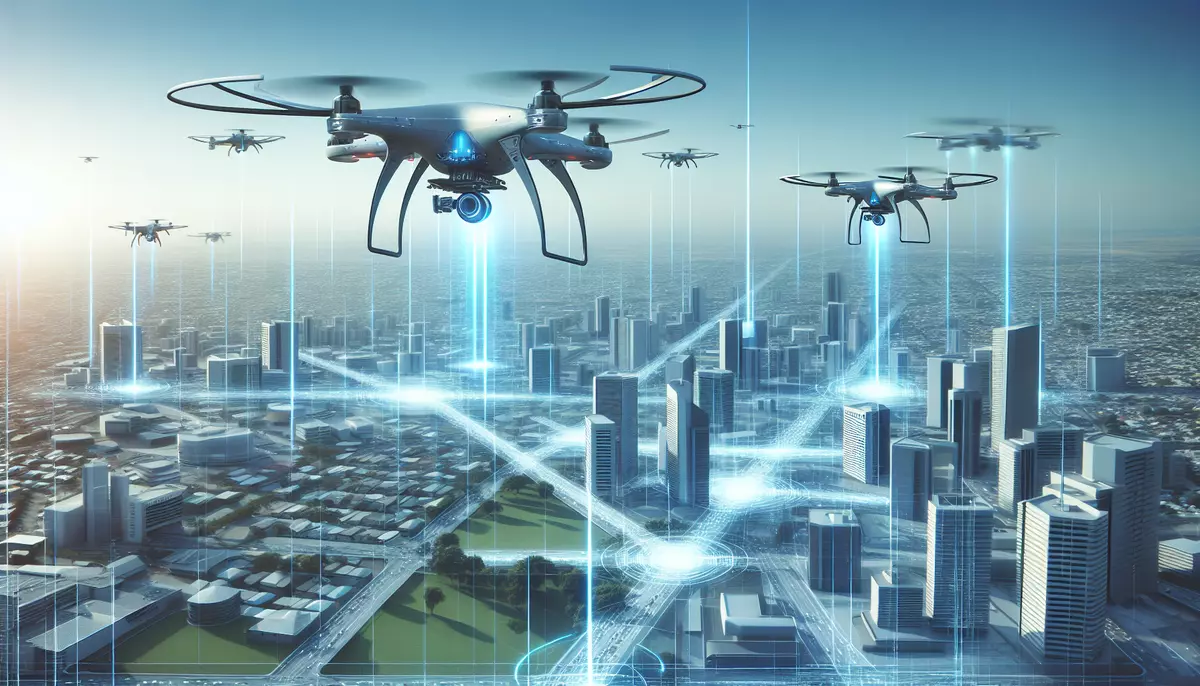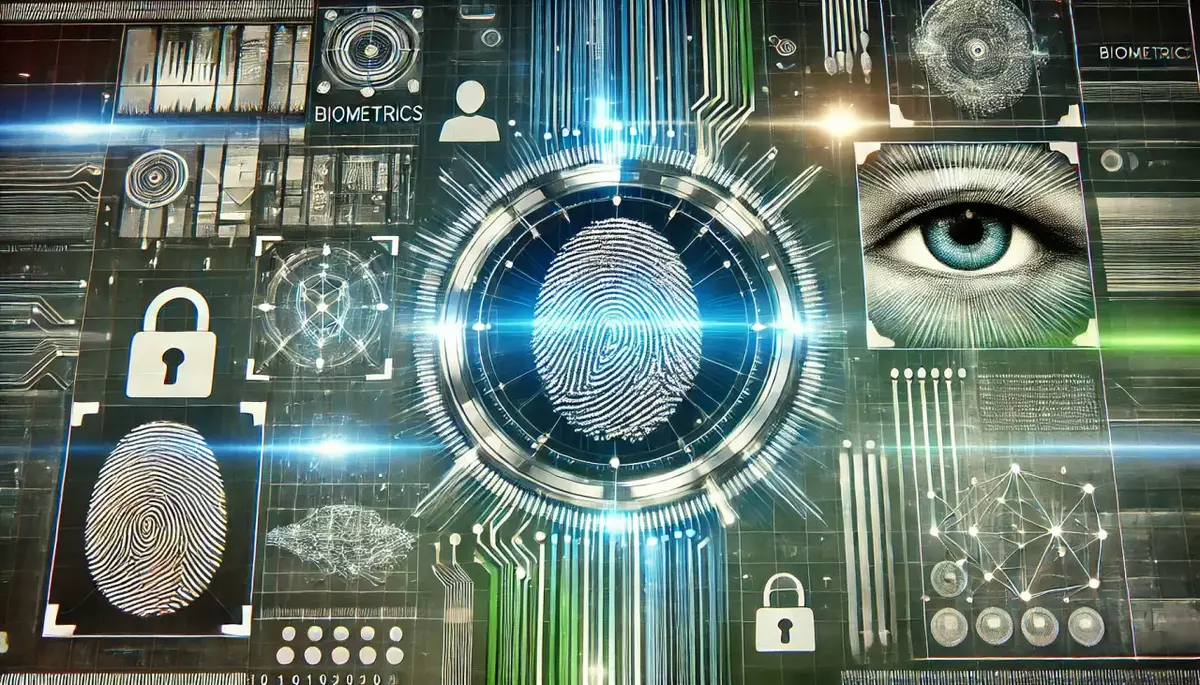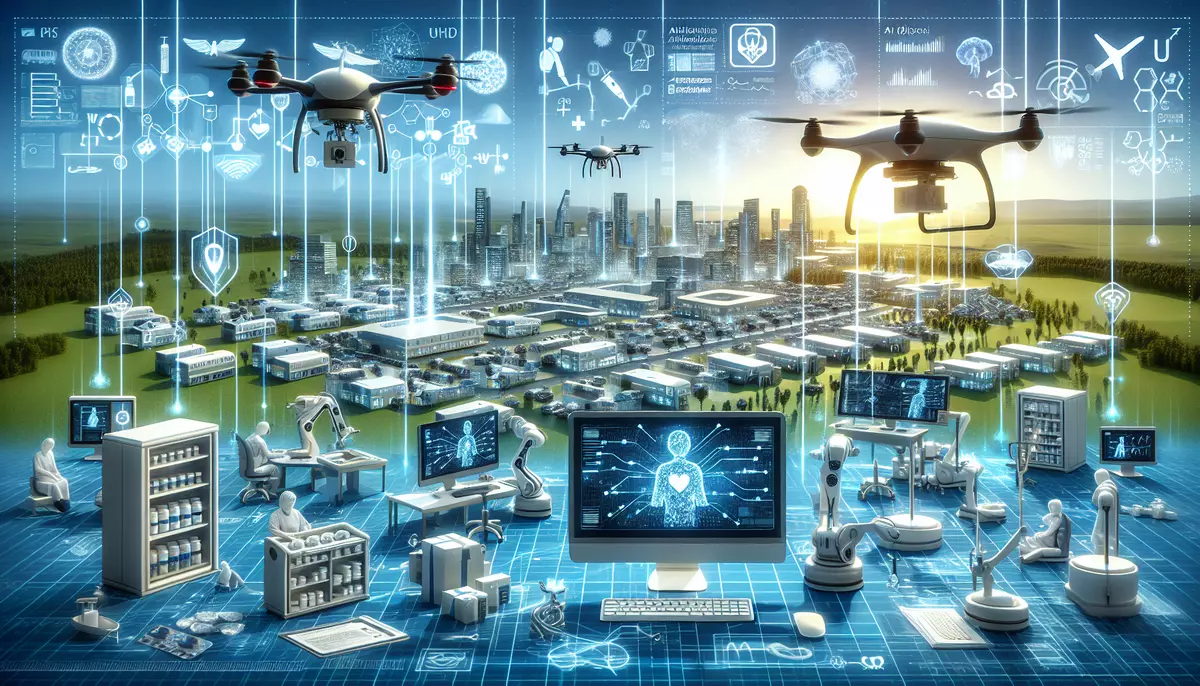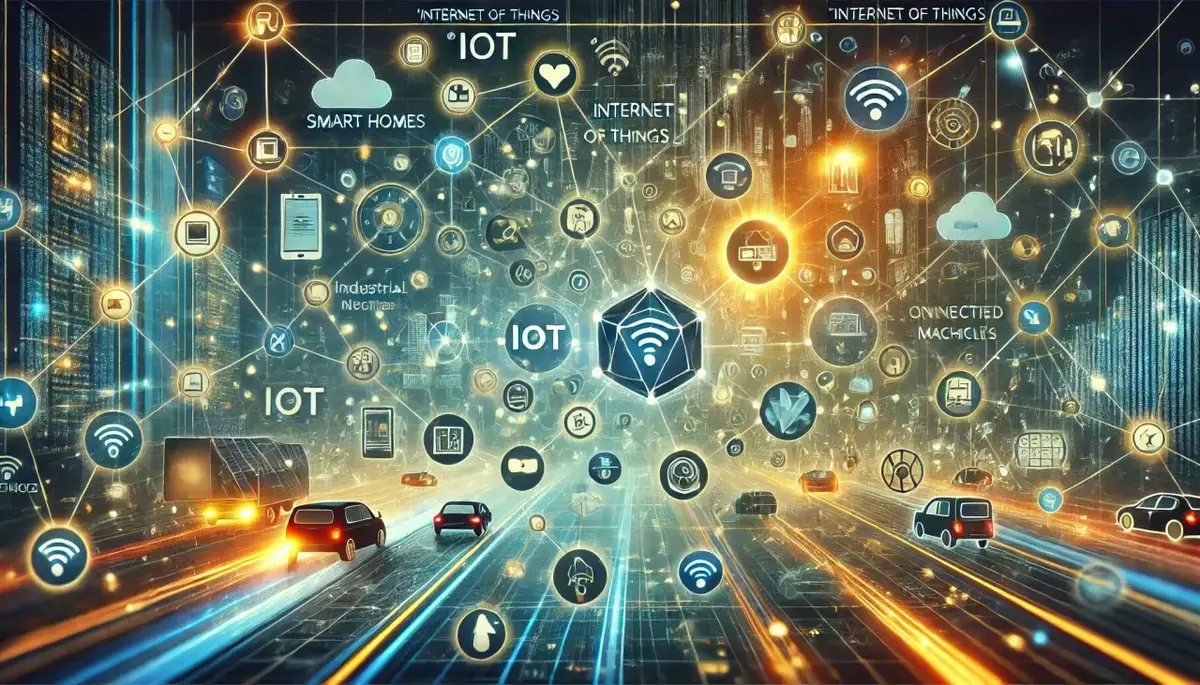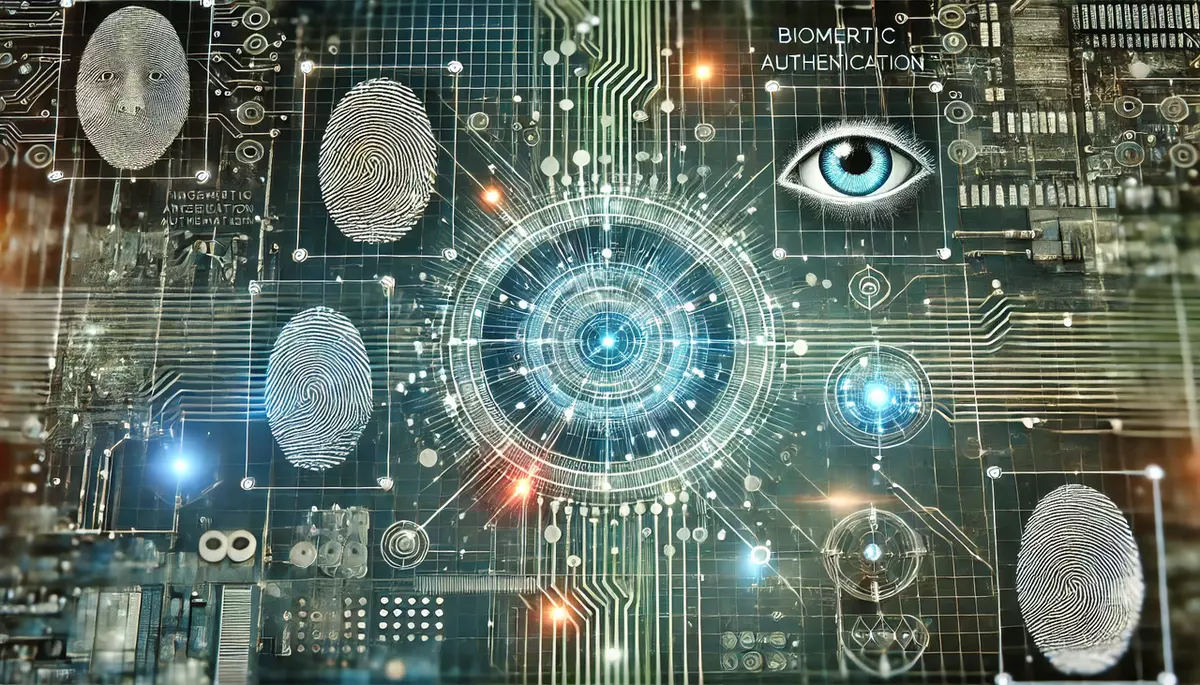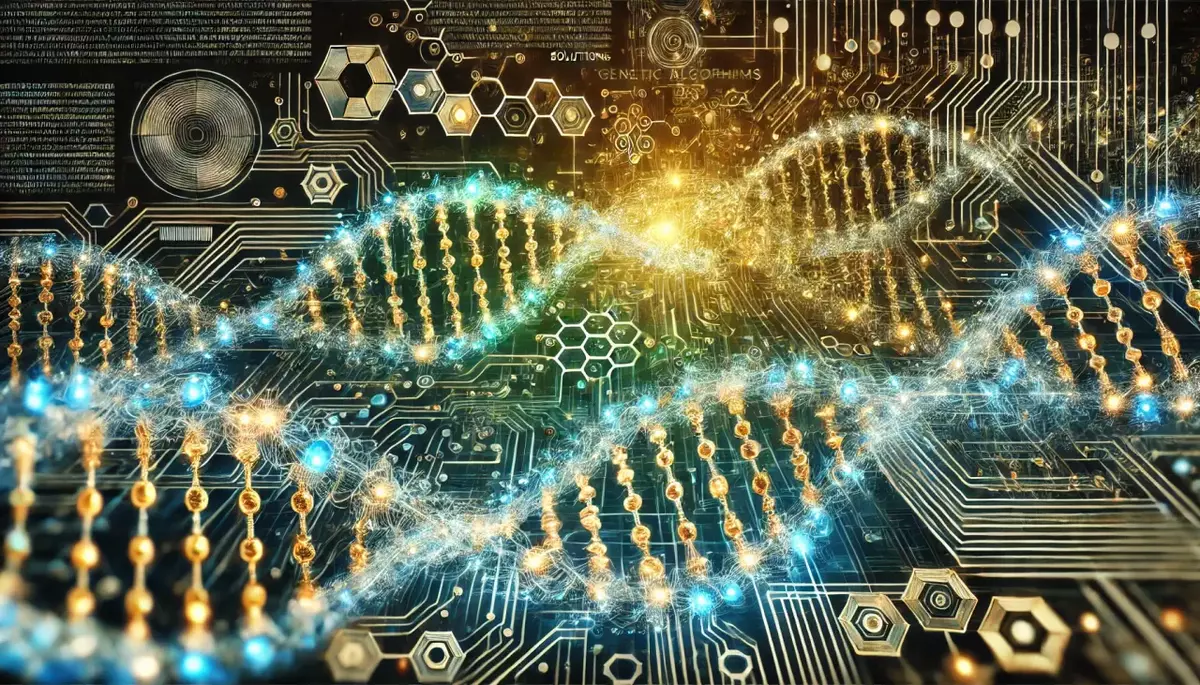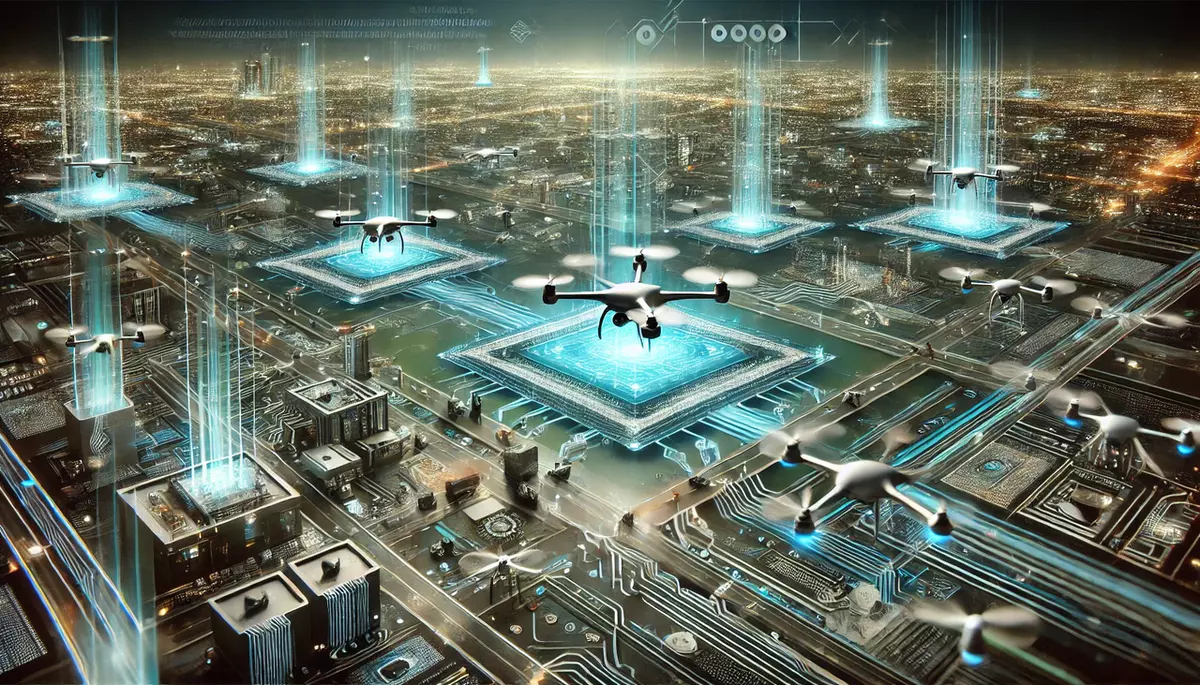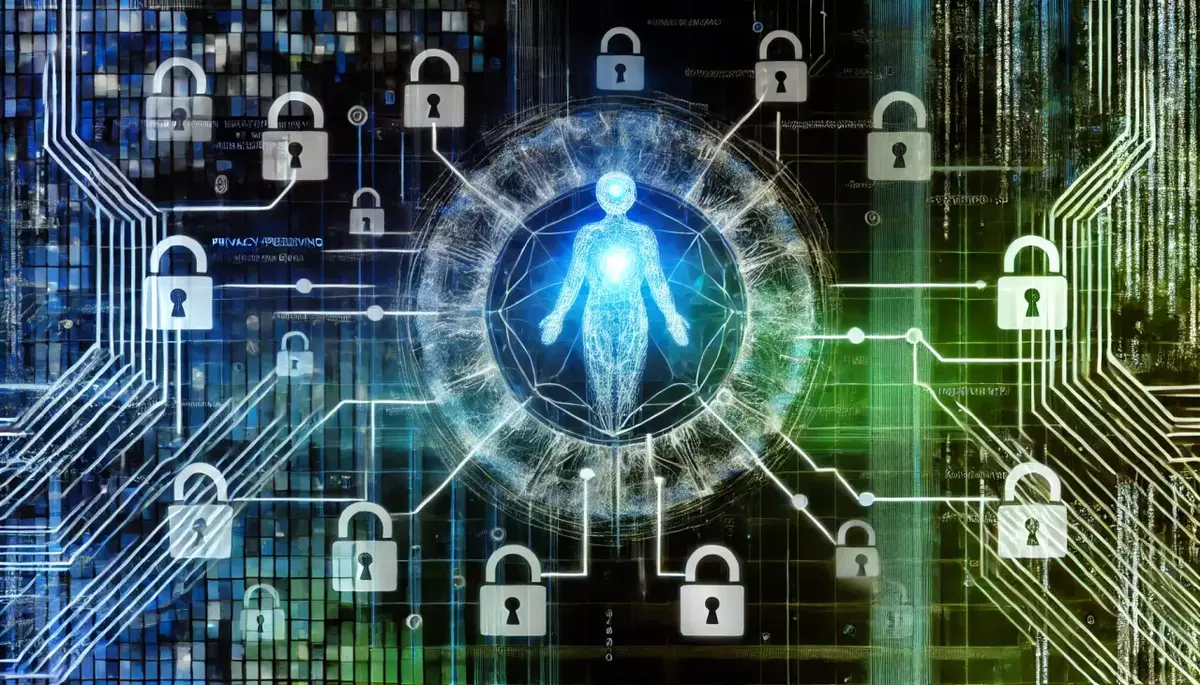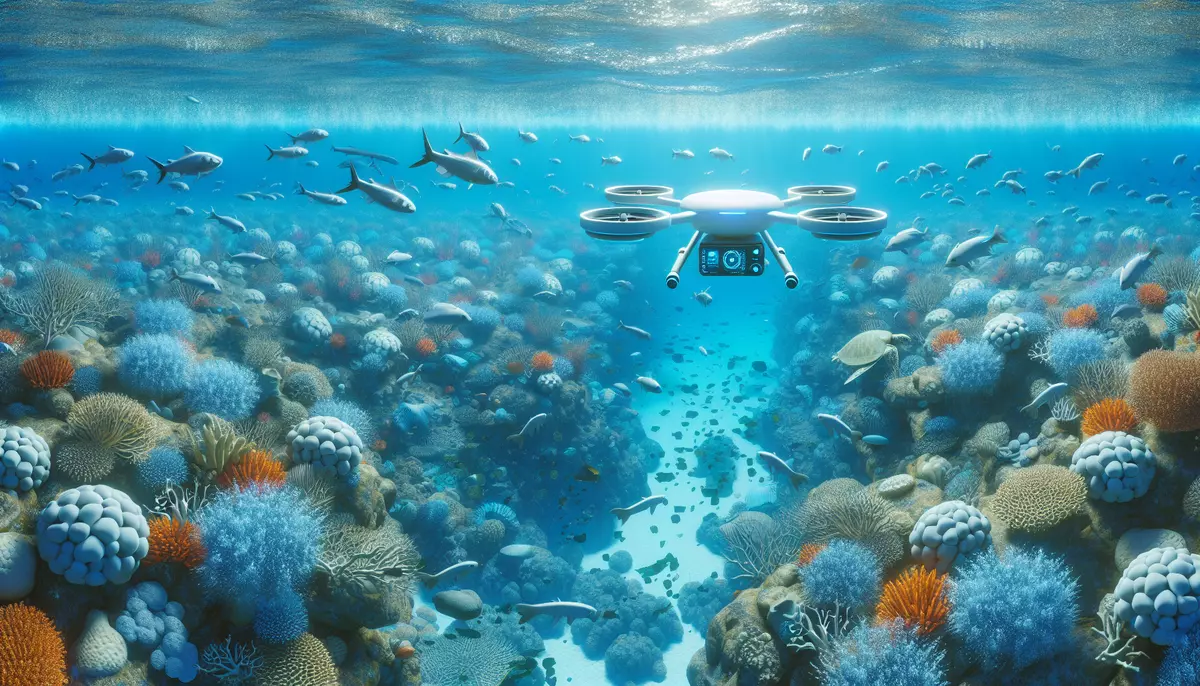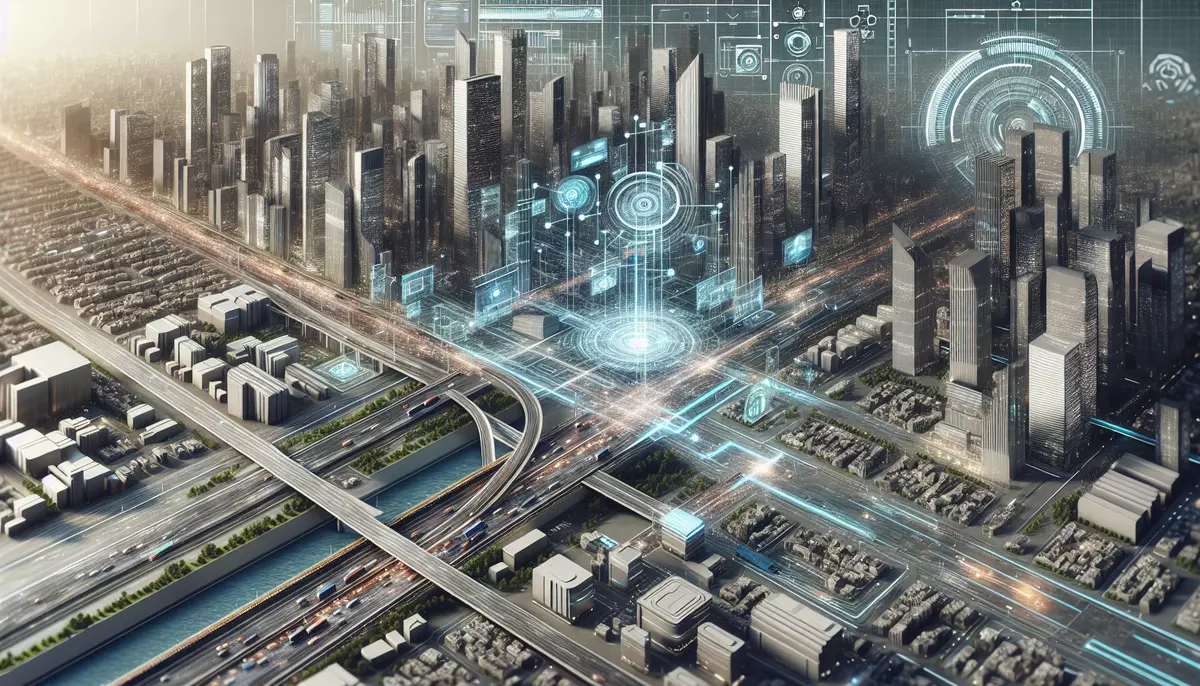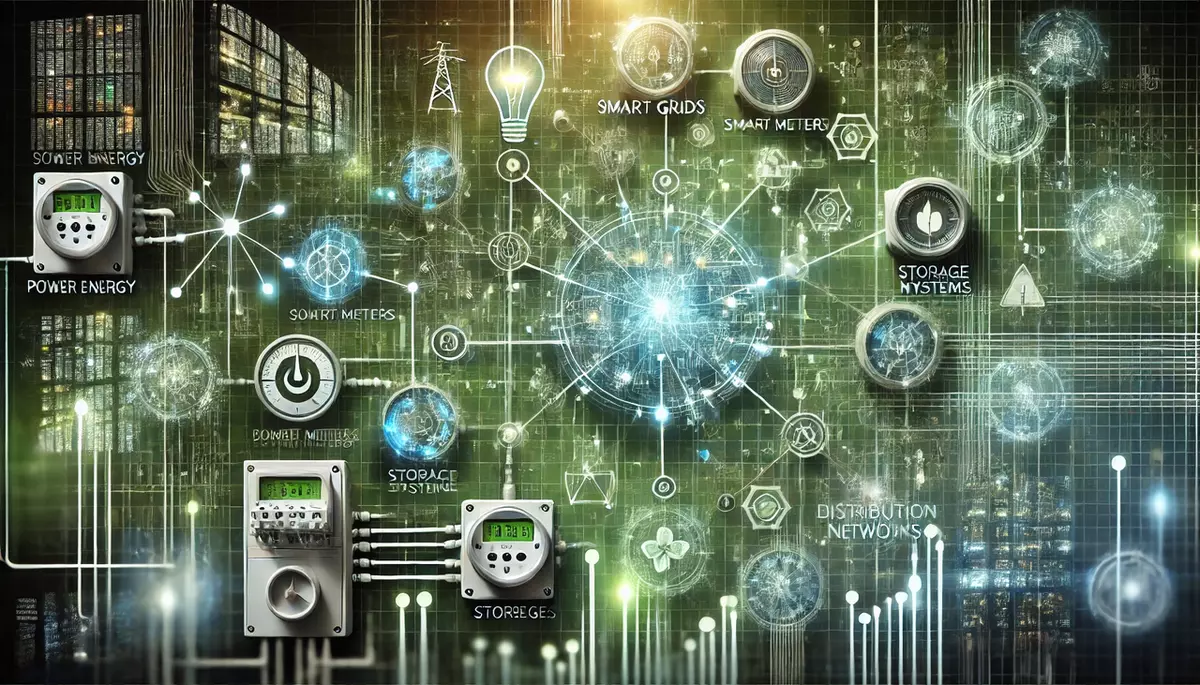Introduction
Drone surveillance has become an increasingly prevalent technology, with a wide range of applications in fields such as law enforcement, military operations, and commercial industries. This knowledge base article explores advanced drone surveillance techniques, delving into the latest developments, capabilities, and best practices for effective and responsible drone-based monitoring.
Advancements in Drone Surveillance
The rapid evolution of drone technology has led to significant advancements in drone surveillance capabilities. Newer drone models feature enhanced sensors, improved flight autonomy, and advanced data processing capabilities, enabling more sophisticated surveillance operations.
Sensor Advancements
- High-Resolution Cameras: Drones are now equipped with high-megapixel cameras capable of capturing detailed imagery and video footage from a distance.
- Thermal Imaging: Thermal cameras on drones can detect heat signatures, allowing for the identification of targets and monitoring of activities in low-light or obscured environments.
- Multispectral Sensors: Drones with multispectral sensors can capture data across various wavelengths of the electromagnetic spectrum, providing additional information for specialized applications.
Flight Autonomy
- Automated Flight Paths: Drones can be programmed to follow predetermined flight paths, enabling autonomous surveillance missions without the need for constant human control.
- Obstacle Avoidance: Advanced drone systems can detect and navigate around obstacles, ensuring safer and more reliable operations in complex environments.
- Extended Range and Endurance: Improvements in battery technology and aerodynamic design have increased the range and flight time of drones, allowing for longer surveillance missions.
Data Processing Capabilities
- Real-Time Analysis: Drones can be equipped with onboard computing power and machine learning algorithms to analyze sensor data in real-time, enabling faster decision-making and response times.
- Automated Target Tracking: Drones can be programmed to automatically detect, track, and follow specific targets of interest, reducing the need for manual monitoring.
- Integrated Surveillance Networks: Drones can be integrated into larger surveillance networks, sharing data and coordinating with other systems to provide a comprehensive monitoring solution.
Applications of Advanced Drone Surveillance
The enhanced capabilities of advanced drone surveillance have led to a wide range of applications across various sectors:
Law Enforcement and Security
- Perimeter Monitoring: Drones can be used to patrol and monitor the perimeters of sensitive facilities, such as prisons, military bases, or critical infrastructure.
- Search and Rescue: Drones equipped with thermal cameras and other sensors can assist in locating and tracking missing persons or victims in emergency situations.
- Crowd Monitoring: Drones can be deployed to monitor large gatherings, events, or protests, providing situational awareness and early detection of potential threats.
Military and Defense
- Reconnaissance and Surveillance: Drones can gather intelligence, monitor enemy movements, and provide real-time situational awareness in military operations.
- Target Acquisition: Drones with advanced sensors can identify and track specific targets, supporting precision strike capabilities.
- Border Patrol: Drones can be used to monitor and secure national borders, detecting and deterring illegal activities.
Commercial and Industrial Applications
- Infrastructure Inspection: Drones can be used to inspect and monitor the condition of bridges, power lines, pipelines, and other critical infrastructure, reducing the need for manual inspections.
- Agricultural Monitoring: Drones equipped with multispectral sensors can provide valuable data on crop health, soil conditions, and pest infestations, enabling precision farming techniques.
- Environmental Monitoring: Drones can be used to track wildlife, monitor deforestation, and detect environmental changes, supporting conservation efforts and sustainable resource management.
Ethical Considerations and Regulations
The use of advanced drone surveillance technologies raises important ethical and regulatory concerns that must be addressed:
Privacy and Data Protection
- Balancing Security and Privacy: Drone surveillance must be carefully balanced against individual privacy rights, ensuring that the benefits of enhanced security do not infringe on civil liberties.
- Data Collection and Storage: Strict guidelines and regulations are needed to govern the collection, storage, and use of data gathered through drone surveillance, protecting sensitive information and personal data.
Regulatory Frameworks
- Airspace Regulations: Drone operations are subject to various airspace regulations, including flight restrictions, altitude limits, and licensing requirements, which must be strictly adhered to.
- International Cooperation: Effective regulation of advanced drone surveillance requires international cooperation and harmonization of policies to ensure consistent standards and oversight.
Best Practices for Responsible Drone Surveillance
To ensure the ethical and effective use of advanced drone surveillance technologies, the following best practices should be observed:
- Clearly Defined Policies and Procedures: Organizations should establish comprehensive policies and procedures governing the use of drone surveillance, including guidelines for data collection, storage, and sharing.
- Transparency and Accountability: Drone surveillance operations should be transparent, with clear reporting and oversight mechanisms to ensure accountability and public trust.
- Operator Training and Certification: Drone operators should receive comprehensive training on the ethical and legal use of surveillance technologies, as well as the technical skills required for safe and effective operations.
- Continuous Monitoring and Evaluation: Drone surveillance programs should be regularly reviewed and evaluated to assess their effectiveness, identify potential issues, and implement necessary improvements.
Conclusion
Advanced drone surveillance technologies have significantly enhanced the capabilities of monitoring and data collection, offering a wide range of applications across various sectors. However, the use of these technologies must be balanced with ethical considerations and robust regulatory frameworks to ensure the protection of individual privacy and civil liberties. By adhering to best practices and maintaining a commitment to responsible and transparent drone surveillance, organizations can harness the full potential of this transformative technology while upholding the principles of a just and equitable society.
This knowledge base article is provided by Fabled Sky Research, a company dedicated to exploring and disseminating information on cutting-edge technologies. For more information, please visit our website at https://fabledsky.com/.
References
- Finn, Rachel L., and David Wright. “Unmanned aircraft systems: Surveillance, ethics and privacy in civil applications.” Computer Law & Security Review 28.2 (2012): 184-194.
- Kreps, Sarah, and Micah Zenko. “The next drone wars: Preparing for proliferation.” Foreign Affairs 93 (2014): 68.
- Miethe, Terance D., Jacinta Gau, and William Regoeczi. “Conducting research on drone use by law enforcement: Issues and considerations.” International Journal of Police Science & Management 21.3 (2019): 138-147.
- Rizer, Arthur, and Joseph Hartman. “The Drone Next Door: Aerial Surveillance, State Power, and the Public.” Temple Law Review 89 (2016): 1.
- Valavanis, Kimon P., and George J. Vachtsevanos, eds. Handbook of unmanned aerial vehicles. Springer Publishing Company, Incorporated, 2015.

